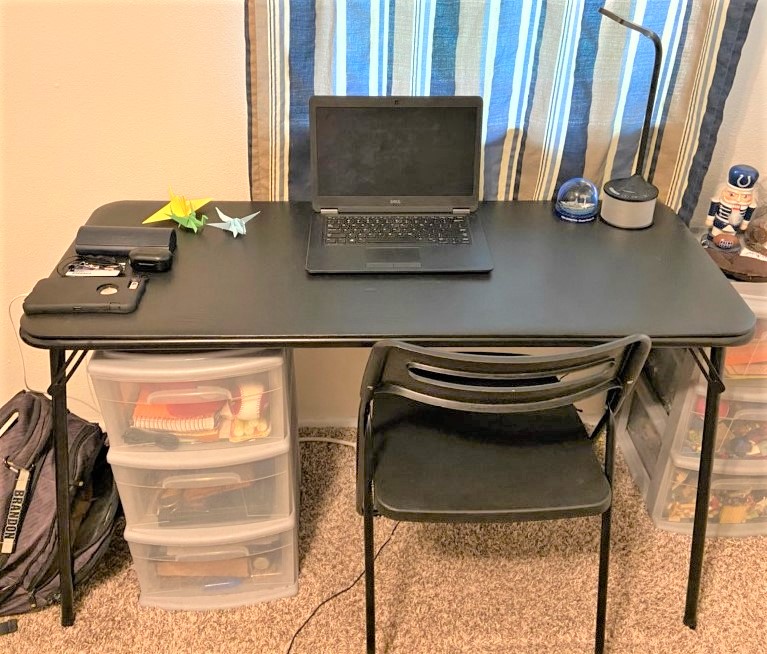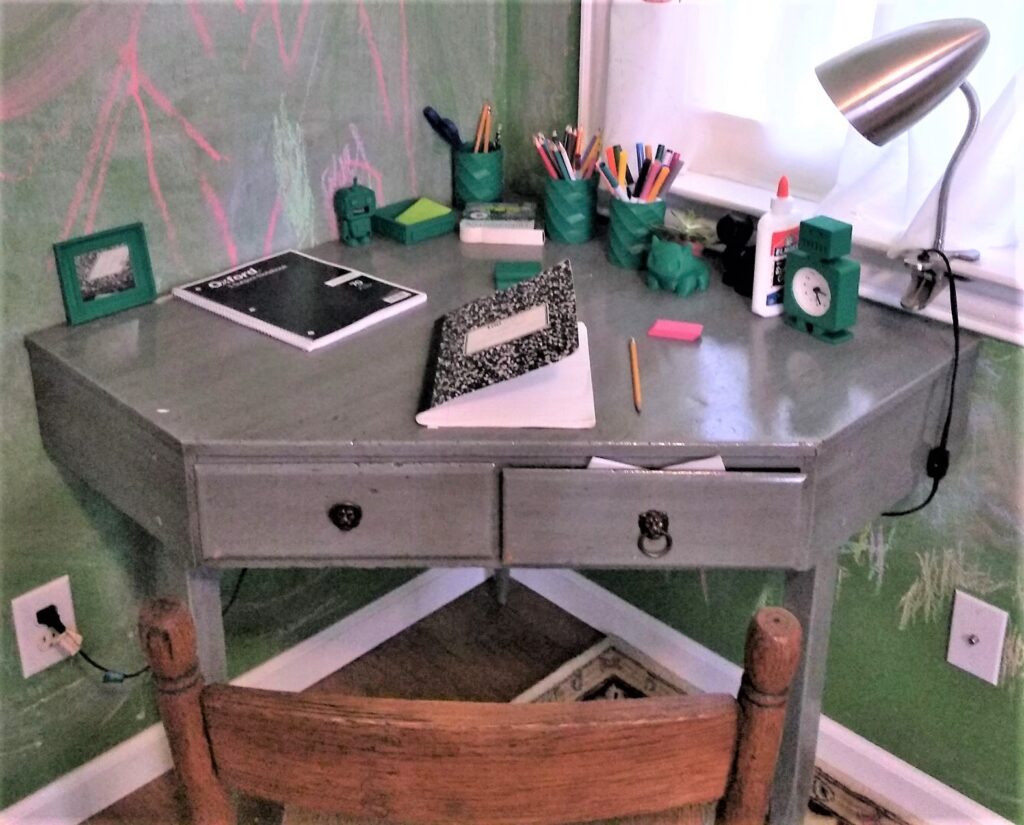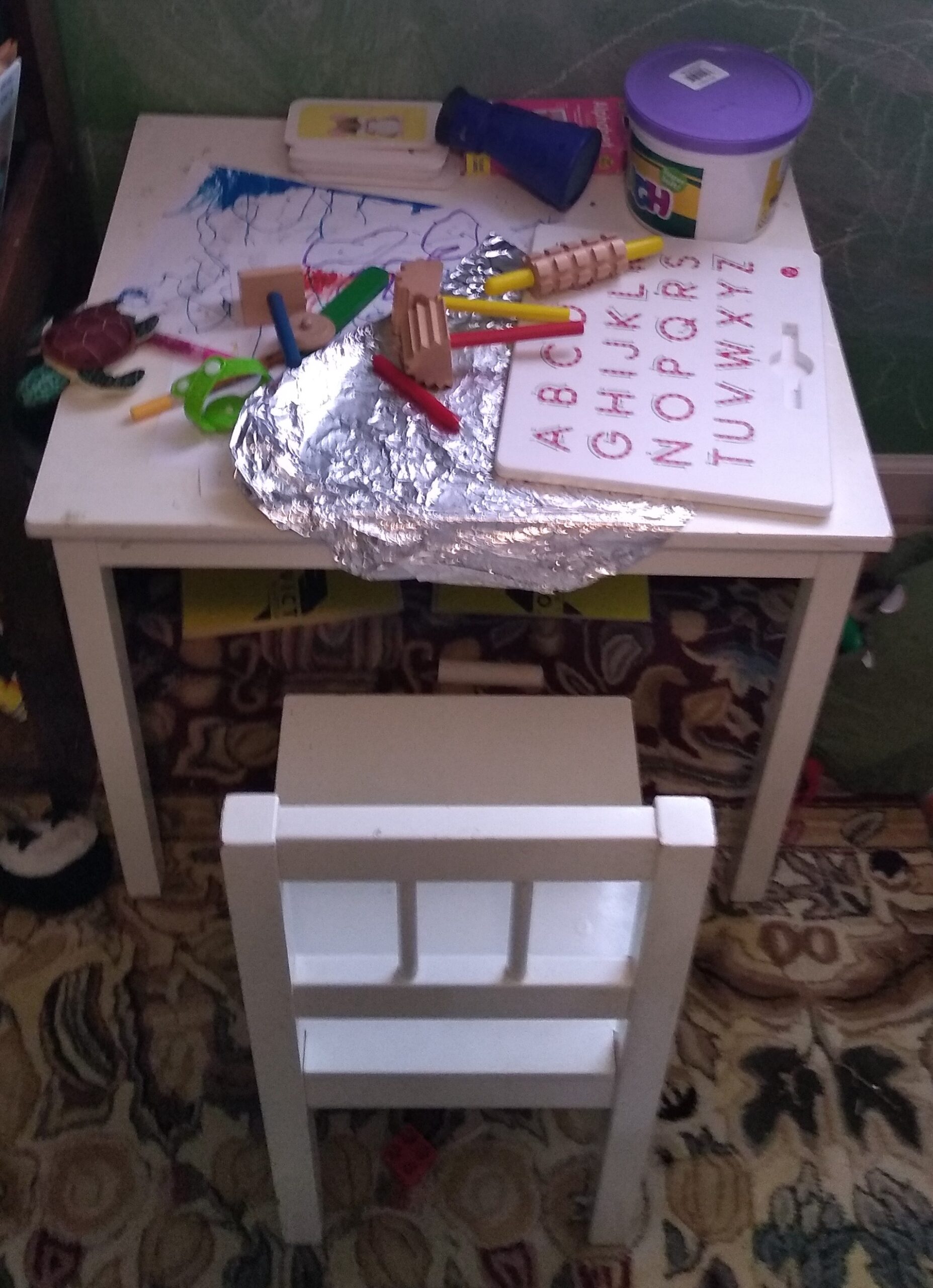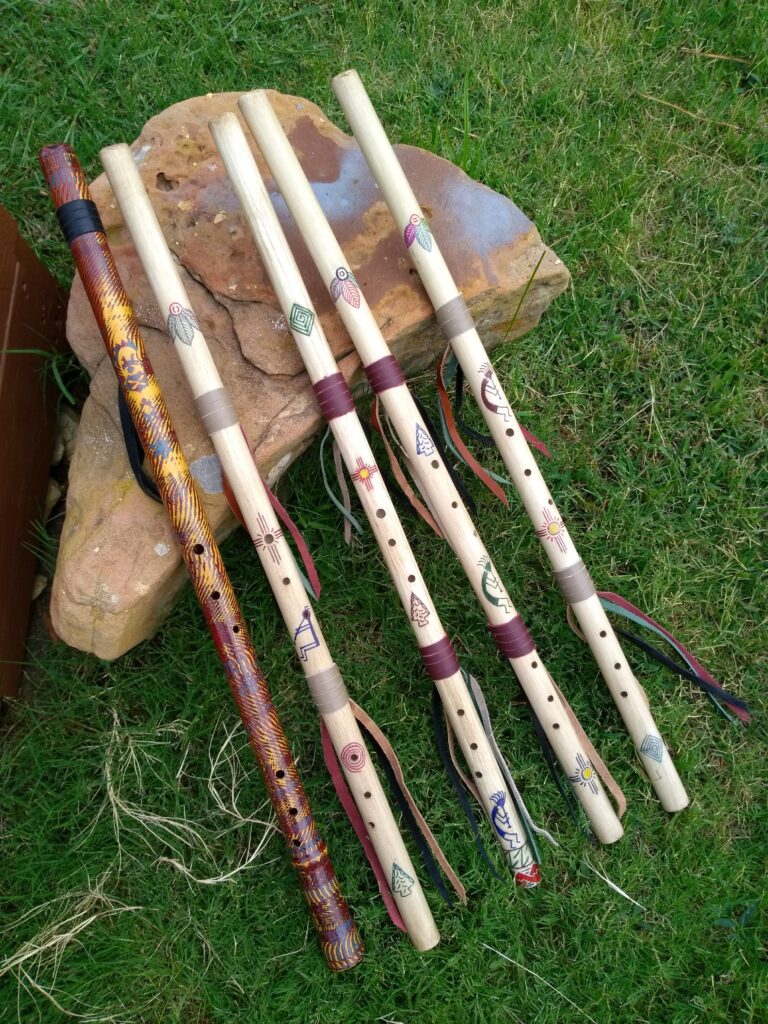What’s keeping you from writing better? Do you have so much to do that you feel overwhelmed? Do you start to write but get distracted? Is it self-discipline you need, or are you simply unable to focus?

If so, perhaps a tomato can help.
No, I don’t mean the fruit itself. I’m talking about the Italian word for tomato—pomodoro. More specifically, I mean the Pomodoro Technique.
Created by Francesco Cirillo, it’s one of the simplest time management methods I’ve ever heard of. You will need nothing more than a kitchen timer, or any timer will do. His kitchen timer was shaped like a tomato, hence the name of the technique.
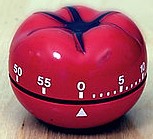
Here’s how it works:
- Set the timer for 25 minutes.
- Work on your writing task without interruption, without allowing distractions.
- When the timer rings, stop and take a 5-minute break.
- Repeat steps 1-3, but after the 4th session, take a longer break—say 20 or 30 minutes.
Those are the basics. Each 25-minute work session is called a ‘pomodoro.’ Writing most works of fiction will take you many pomodoros, but the 5-minute breaks will allow you to stretch and clear your mind. You’ll return to your writing feeling refreshed, and possibly with new insights from your muse.
It’s possible that you’ll finish a single writing task, like a chapter or a short story, while in the middle of a pomodoro session. Mr. Cirillo suggests you use the remainder of the session to review your work, not start your break early. The idea is to ingrain a mental association between work and consistent chunks of time.
You may find it preferable to use a mechanical timer rather than a digital one. At first, you’ll connect its ticking sound with the relentless passing of time. Later, you’ll associate that sound with your own mental focus. It may actually aid in your ability to concentrate.
Here’s how I’ve used the Pomodoro Technique. Often I have several different writing tasks to do—a first draft of a short story, a second edit of a novel’s chapter, some research for a future work, and an upcoming blog post. Viewed from beforehand, with all these tasks undone, the pile of work can seem daunting.
I’ve found tasks don’t get done if I sit and fret about them. But if I view them as manageable chunks of time, then I can devote pomodoros to each task in turn. If they are unequal in importance, then I start with the most important one and devote more pomodoros to it.
You can use the Pomodoro Technique for many types of tasks, not just writing-related ones. It works for tasks where you can control the timing of your breaks, and where stopping after 25 minutes is possible.
Don’t use it while playing soccer, performing surgery, or defusing a bomb.
But if writing is your thing, consider letting a tomato help you out. It works for—
Poseidon’s Scribe

